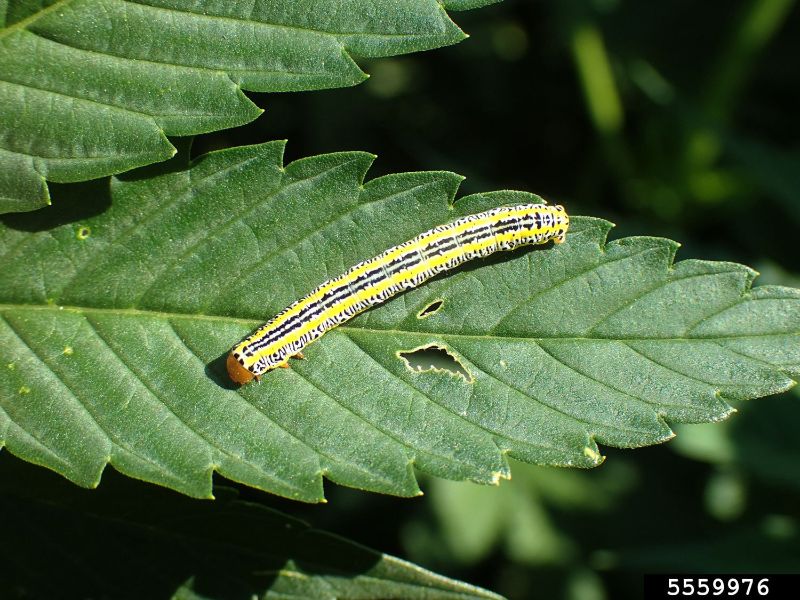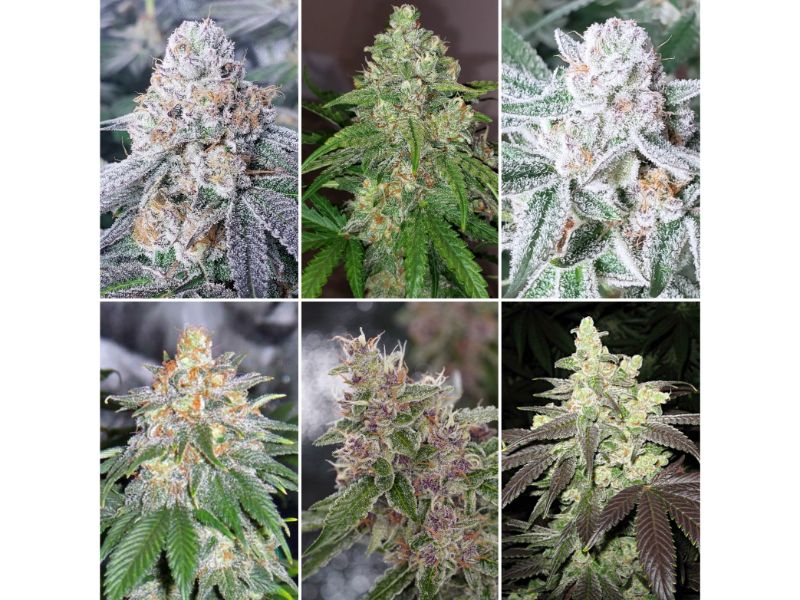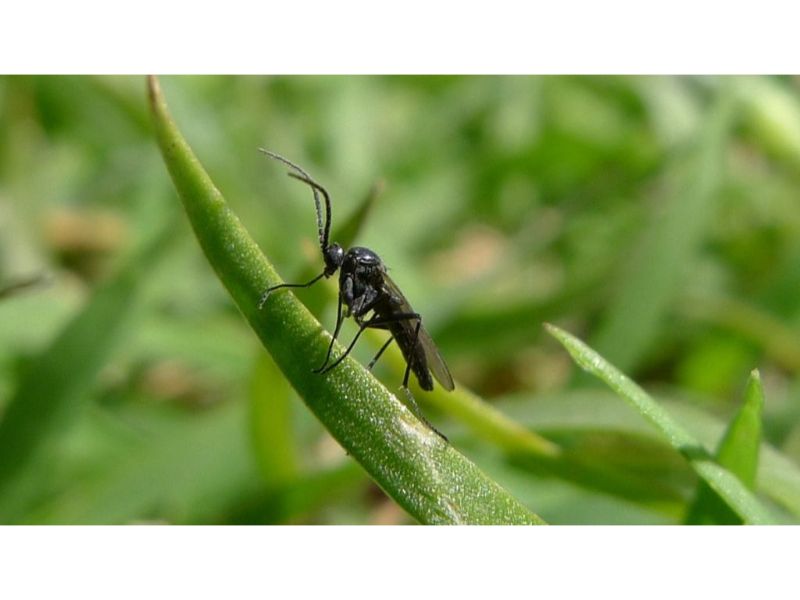Especially when growing outdoors, caterpillars and worms could damage your plants badly. So just like most other pests, it’s very important to act on time and recognize signs quickly. However, sometimes that could be pretty hard as some types of caterpillars can hide pretty good and their damage is similair as the damage from other pests.
Papilio Machanon caterpillar feasting on a leaf
Next to that, caterpillars and worms come in many different forms and types and they all behave differently (more then 21.000 species). The most dangerous ones for cannais are called:
The Corn Borer & The Hemp Borer.
Some species could even irritate your skin or cause a rash with their “hairs”. So it’s quite important to know your caterpillars and which one are safe to handle or not! Also make sure that there are no butterflies landing on your plants as they lay eggs that turn into caterpillars later.
Worms on the other hand are mostly quite similair and a bit harder to recognize from each other. Next to that they are living mostly under the ground which makes them hard to find. Normally, most worms won’t be a threat to your plants, however sometmes they are known to damag some roots when they are digging their way through your pots. Just like caterpillars, there are many type of worms all with different behaviour.
How to recognize an inchworm/caterpillar infestation
Just because there are that many species of caterpillars, doesn’t mean that they all need to be recognized in a different way. They all leave the same types of damage and spots. Caterpillars can be quite small and camouflaged so finding them can be hard sometimes, however the damage and droppings they leave are pretty easy to spot:
Caterpillars love to eat leaves (just like many other insects) and they always start eating from the middle, never from the side. This is pretty unqie and results in multiple punctured holes on different places on your plant. If you wait any longer before taking action, they will keep eating untill the leaf is completely gone:
Caterpillars in your buds
Sometimes it happens that a small caterpillar nests itself in one of your buds. There they are safe and happy because they can eat as much as they want without being detected quickly. However it’s clear that you want to avoid this but how do you know they are there?
When a caterpillar is nesting in a bud, the bud will start to show some signs that looks quite similair as bud rot. The damage they do will cause to bud to start turning brown/grey and very soggy but only in very specific spots (where the caterpillar sits and eats). Once you see this, try to open the bud and look inside, big chance you are dealing with a caterpillar!
Droppings
Another great way to recognize caterpillars/inchworms on your plants is by checking them on caterpillar droppings. These droppings are very distinctive and can be recognized pretty easy:
How to treat inchworms/caterpillars on your cannabis plants?
After finding any signs of caterpillars/inchworms it’s important to act quickly and treat the infestation. Caterpillars are able to destroy/eat a plant pretty fast so really, don’t wait! There are 2 main methods to get rid of them safely:
1. Caterpillar “BT” spray
This spray is a biological insecticide and absolutely safe to spray on your cannabis plants. It contains the bacillus thuringiensis bacteria which is able to kill larva and makes it hard for caterpillars to eat. This way you get rid of caterpillars while not hurting most un-harmfull insects. However it does also kill other cannabis pests like: Moths, worms and fungus gnats, which is a great bonus.
Start spraying immediatly as soon as you see any caterpillars, their damag or their droppings. Then repeat the spraying every week untill you don’t see anything left that could be cause by caterpillars.
If the infestation is huge and hard to control try spraying it twice a week (Also spray the plants after heavy rain). use this spray only on the up and downsides of your leaves, not on your buds.
Sometimes you still see caterpillars but thats due the fact that BT spray won’t kill them immediatly. It stops them from being able to eat which kills them eventually.
2. Spinosad products
Not as effective as “BT spray” however spinosad products are able to help with a caterpillar pest. Next to that they also treat most other insects/pests that harm your cannabis plants. Products containing spinosad are organic and 100% safe for oets, kids and plants. You are able to spray this product on the leaves, directly on the caterpillars and the soil.
Spinasod will kill caterpillars via ingestion or contact and will affect the nervous system of an insect. While it is very harmfull to a few insects like spider mites, aphids and caterpillars, it’s not as toxic for most other animals which makes it safe to use for outdoor grows.
After mixed with water, spinasod is only effective for around +- 24 hours. So make sure to only mix what you need and re-spray the plants regularly!







